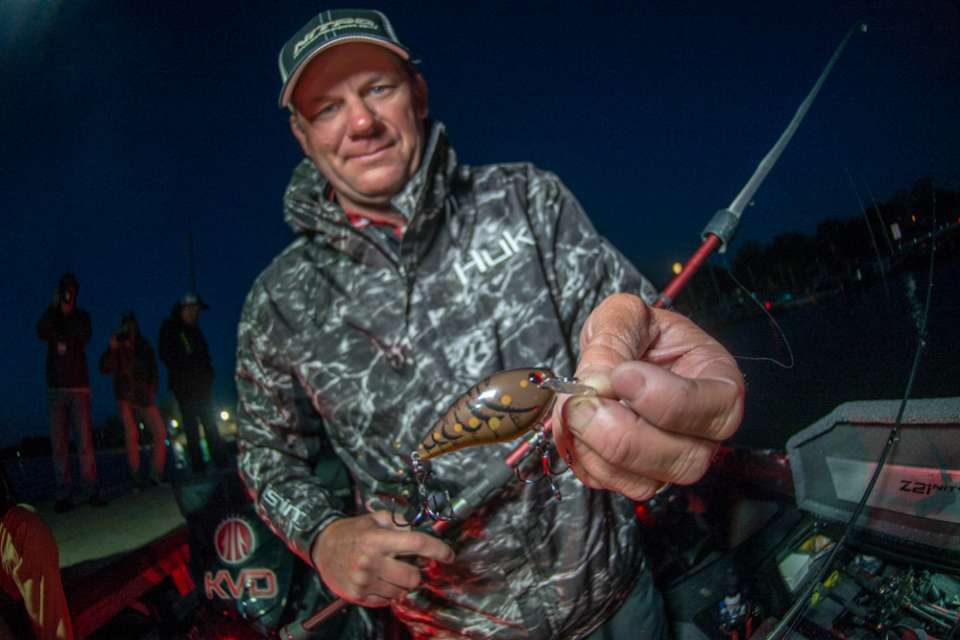
Winning a Bassmaster Elite event requires so many elements to come together, not the least of which is being able to dial in a winning pattern.
I was fortunate to do that at the Academy Sports + Outdoors Bassmaster Elite at Grand Lake last week, but winning any tournament requires so much more than that.
When you’re fishing against the best of the best, you have to take precautions to put you in the best position to win and leave little margin for error. One or two lost fish can not only make the difference in winning, but also in qualifying for the next Bassmaster Classic.
In other words, the little things you do to put yourself in position to win are just as important as the obvious things.
It was those little minute details that really made a difference for me at Grand. While I heard other anglers bemoaning the facts they lost one or more fish each day, I only lost one all week.
As you probably heard, I caught most of my fish on a Strike King KVD 1.5 square bill and a Structure Jig. I fished the crankbait around rocky ledges, and the jig was pitched around docks. I’m sure other anglers fished similarly.
But the difference maker for me was that I went the extra mile to get the right rod, reel, line and hooks to match my baits. The Quantum KVD composite crankbait rod paired with low stretch Bass Pro Shops XPS Fluorocarbon and the crankbait all came into play in how well I hooked, played and landed a fish successfully.
That isn’t a commercial, it’s a fact.
For example, I replaced the No. 4 stock hooks on the KVD 1.5 with Mustad’s No. 2 KVD TG76 Triple Grip trebles. They have a larger gap and an extra short shank, thus they gave me a bigger bite and yet didn’t tangle.
I helped design those hooks with this type of fishing in mind. They are my favorites for crankbaits and have literally won me millions, including two Bassmaster Classics.
Mustad’s UltraPoint is the sharpest and most durable points I’ve used for fishing around rough bottom, but they take a lot abuse in the environment where I fished.
I was constantly rechecking the points and, because I fished those lures so much each day on that rocky bottom, I stopped to replace the belly hook multiple times a day. Of course, I was retying my line about 10 or 15 times a day as well.
Some anglers may take time to sharpen hook points that are taking a beating on rocks, but I’m convinced I can’t sharpen one as good as they come new, so I just replace them.
Also, the prespawn fish I was catching weren’t inhaling the bait and often times would just bump it. Several of the big fish I landed were barely hooked, yet that Triple Grip design allowed me to still get them in the boat.
I was equally conscious with the hook size on my jigs and that’s something many anglers don’t consider when fishing soft plastics. Factor in the size of the hook, its gap and wire diameter and match it to the size of line and type of cover you’re fishing.
You don’t want too small of a gap on a bulky plastic or too big of a gap with a finesse hook, nor do you want to fish a light wire hook on heavy tackle. Match it appropriately and you will get the maximum action and best performance in your fishing application.
So, the point of all this is don’t just concern yourself with the pattern and the type of bait you use; think about all of the smaller details that will increase your odds for success.
Fishing is all about the attitude, and a good attitude includes factoring in the small details.
Kevin VanDam’s column appears weekly on Bassmaster.com. You can also find him on Facebook, Twitter and Instagram.

